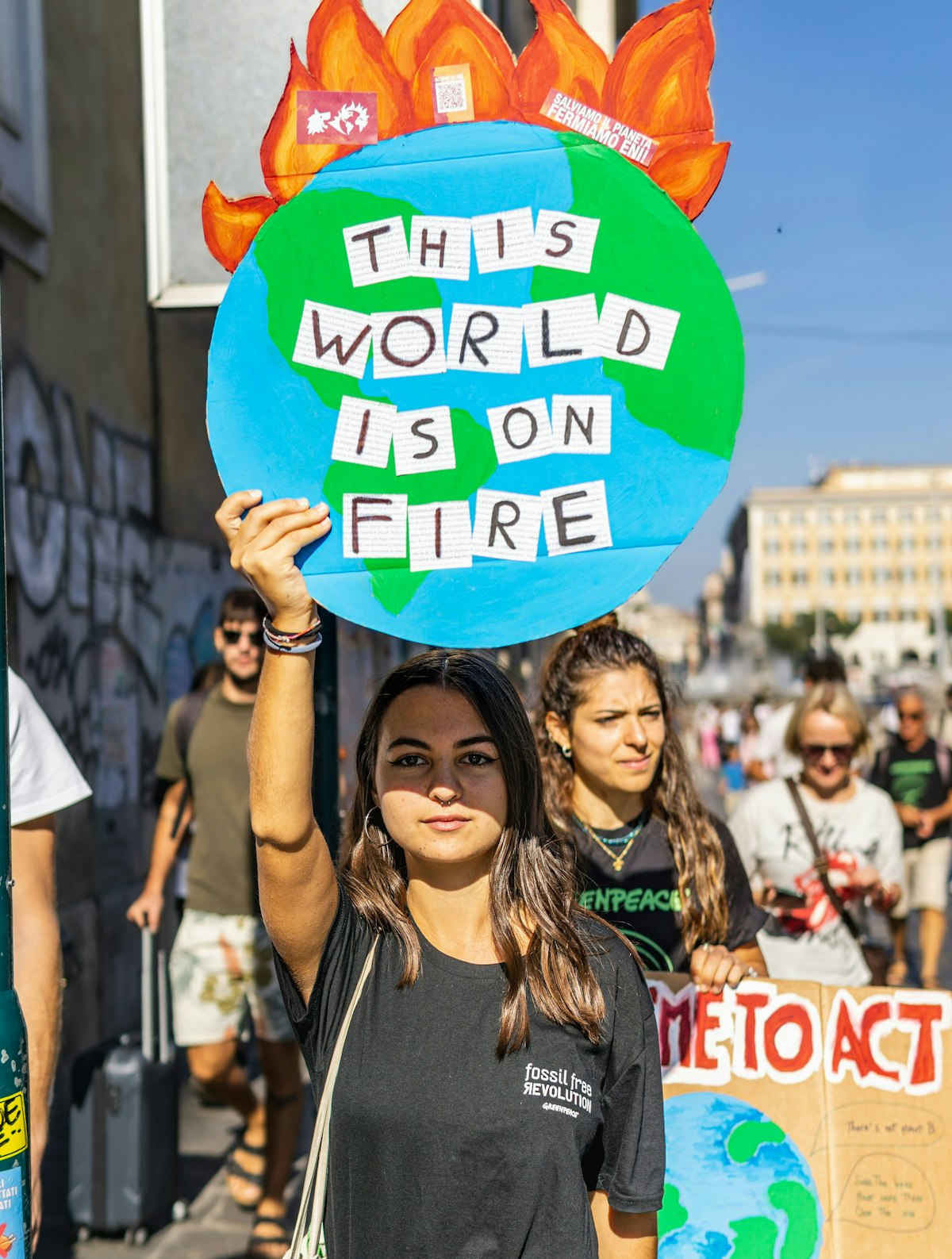From Advertising to Activism: Why Consumers Now Expect Real Brand Commitment

Not so long ago, advertising was all about selling dreams: catchy jingles, aspirational slogans, and glossy visuals designed to grab attention. But in 2025, consumers are no longer satisfied with surface-level storytelling. They are asking a tougher question: What does your brand actually stand for?
This shift is more than a trend. It’s a profound transformation in how people interact with brands. And it’s pushing companies to go beyond purpose-driven marketing toward something more radical: brand activism.
1. The New Consumer Mindset: Authenticity Above All
The rise of Gen Z and Millennial consumers has reshaped the marketplace. These generations grew up with the internet, social media, and unprecedented access to information. They know when a brand is being authentic and when it’s just performing.
88% of consumers say authenticity is a key factor when deciding what brands they support.
Over 60% of Gen Z will pay more for sustainable products or brands that align with their values.
Traditional CSR campaigns, published once a year in corporate reports, no longer cut it. Today, consumers expect proof of impact in real time and they want to see it embedded in everyday brand actions, not just in annual statements.
2. The Rise of the Activist Consumer
Consumers are no longer passive; they are becoming activists themselves. With the power of social media, they can amplify praise, expose contradictions, or organize boycotts overnight.
In recent years, we’ve seen entire industries shaken by consumer-led movements: from fast fashion boycotts to food brands being called out for environmental damage.
“Voting with their wallet” has become the norm: people choose brands that reflect their values, and they drop those that don’t.
This new dynamic means advertising can no longer be neutral. A campaign that ignores social and environmental issues risks falling flat or worse, being seen as tone-deaf.
3. Brands Leading the Way with Activism in Advertising
The brands that are thriving today are those that embrace activism as part of their DNA. A few standout examples:
Patagonia: Their iconic “Don’t Buy This Jacket” campaign challenged consumerism while positioning the brand as an environmental leader. Far from hurting sales, it boosted their credibility and strengthened loyalty.
Ben & Jerry’s: Known for ice cream, but also for outspoken campaigns on racial justice, climate change, and refugee rights. Their activism is so deeply embedded that consumers expect it from them.
L’Oréal (France): Recently committed part of its media budget to supporting women’s associations, blending brand storytelling with measurable social impact.
What these brands have in common is courage. They don’t shy away from taking a stand, even when it’s controversial. And that courage translates into trust and relevance.
4. The Risk of Staying Silent or Superficial
If activism is the new expectation, what happens to brands that stay silent?
They risk being irrelevant: younger consumers are more likely to engage with brands that say something meaningful.
They risk backlash: superficial “cause marketing” or performative campaigns are quickly labeled as greenwashing or social washing.
They risk losing talent: employees also want to work for companies whose values align with their own.
Silence can be as damaging as saying the wrong thing. In an era of global crises climate change, inequality, human rights neutrality often looks like complicity.
5. From Purpose to Action: The Future of Responsible Advertising
Purpose is not enough anymore. Consumers don’t just want inspiring words they want measurable action.
This is where advertising itself becomes a lever for change. Imagine if every campaign didn’t just promote a product but also funded a social or environmental cause. Instead of separating marketing budgets from CSR, brands can merge the two and ensure that every ad leaves a trace of impact.
That’s exactly the vision behind Ad for Good.
The model is simple: brands dedicate a percentage of their media spend to support a cause aligned with their values.
Consumers see the connection instantly “every ad you see is giving back.”
The impact is measurable, transparent, and authentic.
In other words, it transforms advertising from a cost center into a force for positive change.
Conclusion: Activism Is the New Standard
Advertising is no longer just about grabbing attention. It’s about proving relevance, building trust, and showing real commitment. In 2025 and beyond, brand activism will separate the brands consumers admire from those they ignore.
The good news? Brands don’t have to do it alone. With solutions like Ad for Good, companies can turn their media spend into measurable social impact, ensuring that every campaign is not only seen but also felt.
The question is no longer should your brand take a stand?
It’s what stand will you take and how will you prove it?